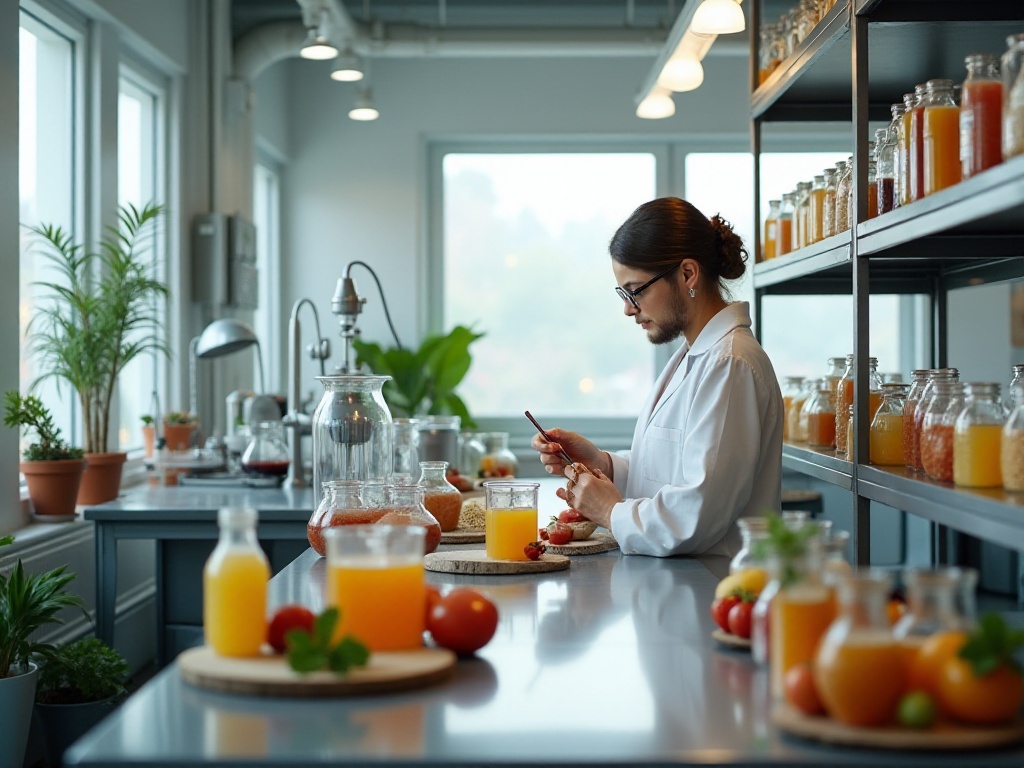Introduction
As a beverage enthusiast born after 1995, I've been tortured by recipe management! Every day I save screenshots from social media of appealing drinks, but when I actually want to make them, I can't find the desired recipe anywhere in my photos or bookmarks. Even worse, when I finally find it, I discover the saved screenshot only has the ingredients list without specific steps - who can deal with that? After more than a year of exploration and trial, I've finally developed a note-taking system that works for me, which I'll share with you today.
Pain Points Analysis
At this time last year, my bookmarks were basically a black hole! My phone gallery had at least 500 recipe screenshots, covering everything from coffee to milk tea, from juice to cocktails. My desk was also covered with handwritten recipe notes, with messy ratios and steps scribbled on them. The most frustrating part was that many recipes were incomplete - they'd only list ingredients without steps, or steps without measurements, resulting in mediocre results every time. I remember once wanting to make a perfect cold brew coffee for a friend, but after searching forever, the recipe I found was missing the crucial steeping time. The resulting coffee was both sour and bitter - a complete disaster!
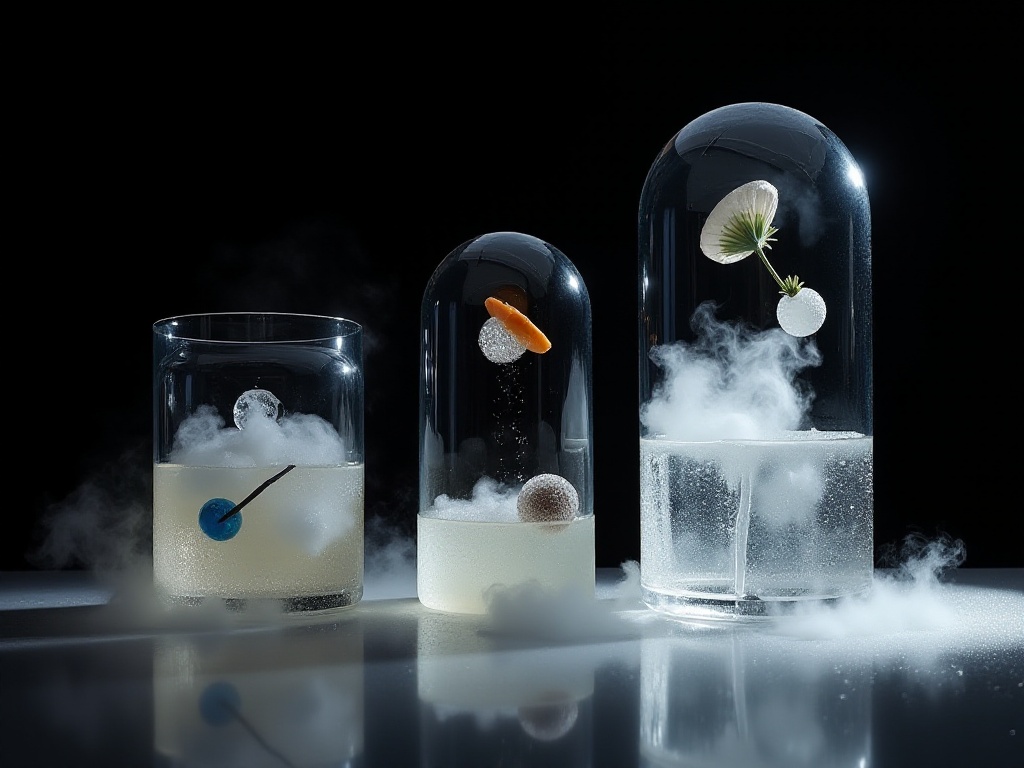
System Setup
After countless failed attempts, I finally couldn't take it anymore and decided to properly organize these recipes. First, I categorized all beverages into several main categories: coffee, tea drinks, juices, cocktails, specialty milk teas, wellness drinks, etc. Then I further subdivided each category. For example, under coffee, I have pour-over coffee, espresso, Vietnamese coffee, cold brew, drip bag coffee, etc.; under tea drinks, there's black tea, green tea, oolong tea, fruit tea, etc.; juices are divided into freshly squeezed juices, smoothies, specialty juice drinks, etc.; cocktails are even more detailed, divided by base spirits like whiskey, vodka, rum, and so on.
This classification system is particularly clear, making it easy to find any type of drink you're looking for. I also added difficulty ratings to each recipe, from one to five stars, so when time is tight, I know which simple and quick recipes to choose.
Recording Essentials
To be honest, I didn't know what to record at first, often realizing I'd missed important information after finishing. Now I've developed a complete recording template that includes the following:
First, basic information: recipe name, difficulty level, preparation time, suitable seasons and occasions.
Then, a detailed ingredients list. I'm particularly careful to record specific quantities for each ingredient, like writing "15g Ethiopia Yirgacheffe G1 coffee beans" instead of just "coffee beans." I also record brand information, origin, and batch details, as different brands can result in completely different flavors.
Equipment lists are also important. I list all necessary tools, from coffee grinders to thermometers, from measuring cups to shakers - nothing can be missed. This ensures all tools are ready before starting.
The core part is, of course, detailed preparation steps. I've developed a habit of writing each step very specifically. For pour-over coffee, I record the water amount, temperature, timing for each pour, and even pouring technique and water flow speed. These details may seem tedious, but they determine the final taste.
Critical control points are something I've recently added. These are places where mistakes commonly occur or that need special attention. For example, when making matcha latte, I'll specifically note: "Sift matcha powder to avoid graininess" and "Don't exceed 65°C when frothing milk, or it will destroy the foam."
Finally, I include finished product photos and notes from each attempt. I take a photo of the completed drink, recording its color, layers, texture, and other characteristics. I also write down my impressions, including what went well and what needs improvement. This feedback is particularly helpful for improving recipes.
Tool Selection
After trying various tools, I finally chose a digital note-taking software that supports multi-platform synchronization. There are many reasons for this choice: first, it supports various content forms, allowing insertion of text, images, videos, and voice notes, perfect for recording the preparation process; second, it supports tagging, so I can add multiple tags to each recipe like "#SummerDrinks" "#PartyEssentials" "#QuickDrinks," making it easy to filter recipes for different scenarios.
Most importantly, it has powerful search functionality, convenient for searching by both ingredients and tags. For example, if I have some fruits about to expire, I can directly search for that fruit to see what drink recipes I could try.
Besides the desktop client, I particularly rely on its mobile app. Since inspiration often strikes suddenly, or I discover new tricks during preparation, the mobile app allows me to record immediately. Plus, it supports voice input, which is especially useful when both hands are covered in juice.

Practical Tips
In terms of practical operation, my biggest lesson is to develop the habit of recording immediately. Every time I prepare to make a new drink, I place my phone nearby with the note-taking app open. Throughout the preparation process, whenever I notice something worth recording, I immediately use voice input to record it.
For example, a few days ago while trying to make a mango passion fruit special, I discovered that freezing the mango first before blending not only creates a smoother texture but also reduces foaming issues. Such discoveries need to be recorded immediately, or they might be forgotten shortly after.
I also record short videos of crucial steps. For example, when making layered drinks, the order and technique of pouring are particularly important, and video recording is more intuitive than written descriptions. These videos don't need to be long - usually a few seconds is enough to capture details that are difficult to describe in words.
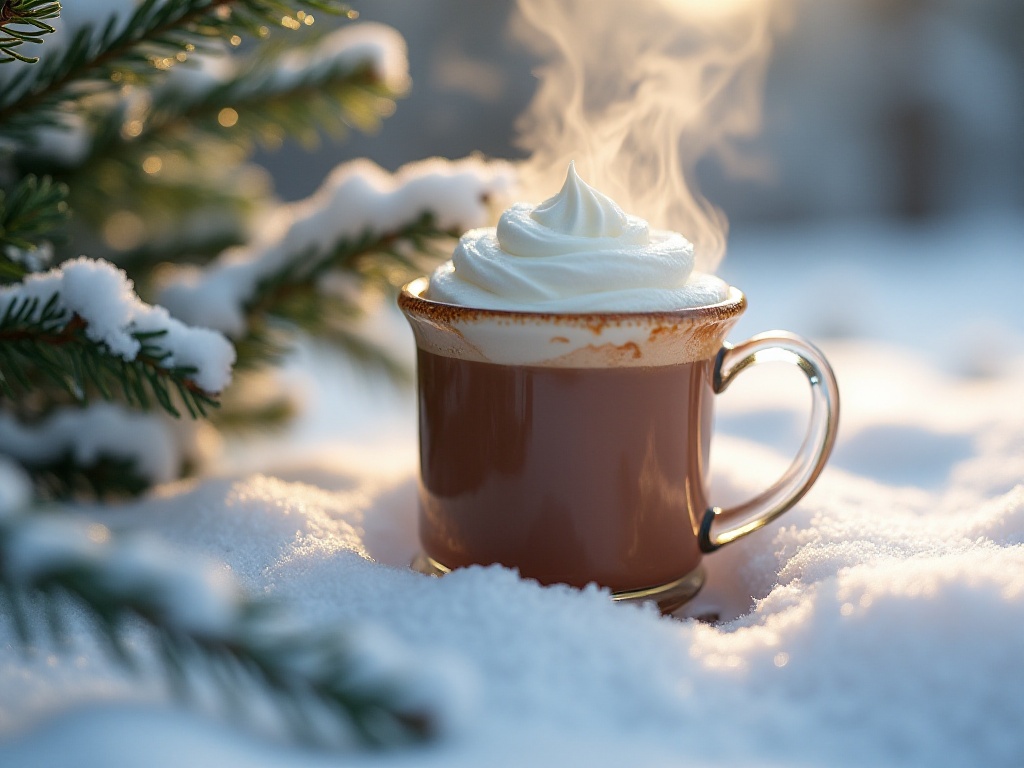
Iterative Optimization
Over this extended period of practice, my note-taking system has continuously evolved. The biggest change is that I've started paying special attention to recording failed experiences. While I used to think failure was embarrassing, I now believe these lessons are the most valuable assets.
I remember once when trying to make a Blue Ocean cocktail, I didn't pay attention to the amount of blue curaçao added, resulting in a drink that was not only too dark but also prone to separation. This lesson taught me the importance of controlling proportions when using colored liqueurs.
Another time, when making matcha latte, the milk foam became unstable and quickly disappeared because I didn't control the temperature properly. This failure led me to seriously study milk foam temperature control, eventually finding the optimal temperature range.
I record these failed experiences in detail, including what caused the failure and how I improved later. This not only helps me avoid repeating the same mistakes but also helps others who want to try these recipes avoid the same pitfalls.

Sharing and Communication
After establishing this note-taking system, I found myself not only more confident in making drinks but also more authoritative when discussing with other beverage enthusiasts. When friends ask for recipes after seeing photos of my drinks, I can immediately find and share detailed preparation methods.
Because my records are quite detailed, I can also give advice based on friends' specific situations. For example, if someone doesn't have a coffee grinder, I can tell them what kind of ground coffee can achieve similar results based on my recorded experiences.
In beverage enthusiast groups, I often share my insights. What makes me particularly happy is that many group members say my recipe records are especially clear and helpful. This feedback makes maintaining this note-taking system feel particularly meaningful.
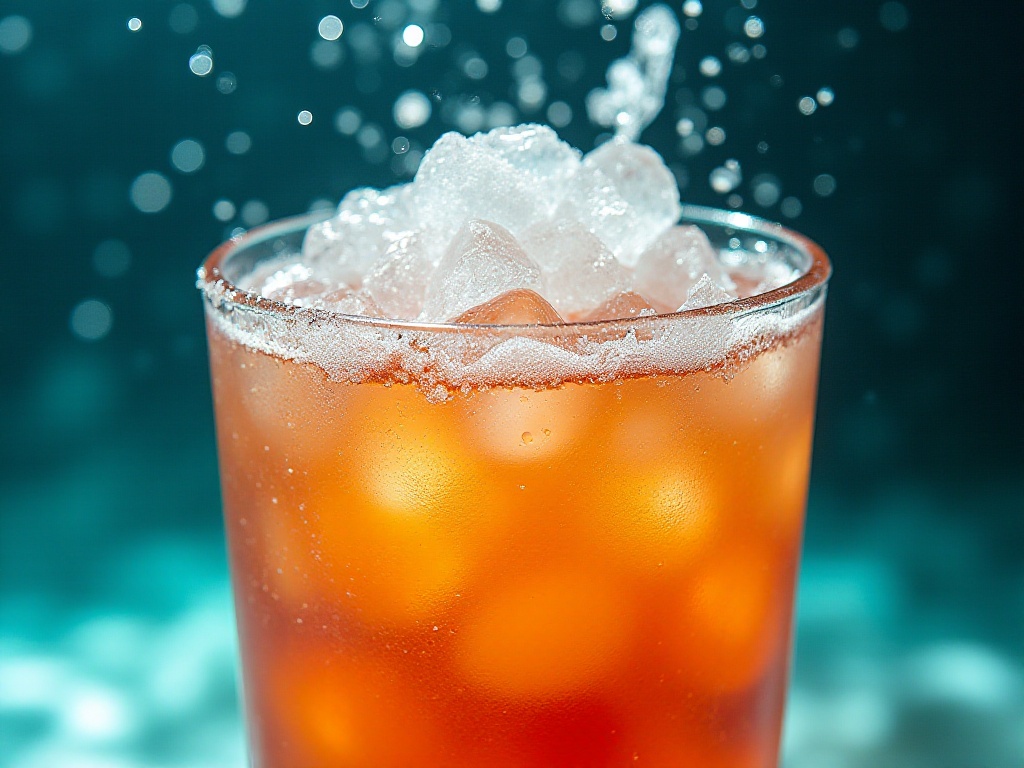
Results Showcase
My note library now contains quite rich content. Just for coffee recipes alone, there are over 50 varieties, including various pour-over recipes, espresso variations, and innovative cold brew methods. Each recipe has been repeatedly tested and optimized, proving reliable.
There are also over 30 specialty tea drinks, ranging from traditional gongfu tea to innovative fruit teas, from herbal wellness teas to trendy cheese foam teas. I particularly enjoy researching different tea brewing parameters, such as water temperature, time, and ratios, all of which are detailed in my notes.
Creative juices include over 40 recipes, many of which are original creations. For example, I recently developed a "Tropical Storm" juice that perfectly combines mango, passion fruit, and coconut water, with a touch of mint leaves to enhance complexity, receiving unanimous praise from friends.
What I'm most proud of are the cocktail recipes, now numbering over 80. From classic mojitos and Long Island iced teas to innovative Chinese-style cocktails, each recipe represents my dedication. Particularly special are some fusion recipes incorporating Chinese elements, like substituting baijiu for vodka or using plum wine for mixing, all results of repeated experimentation.
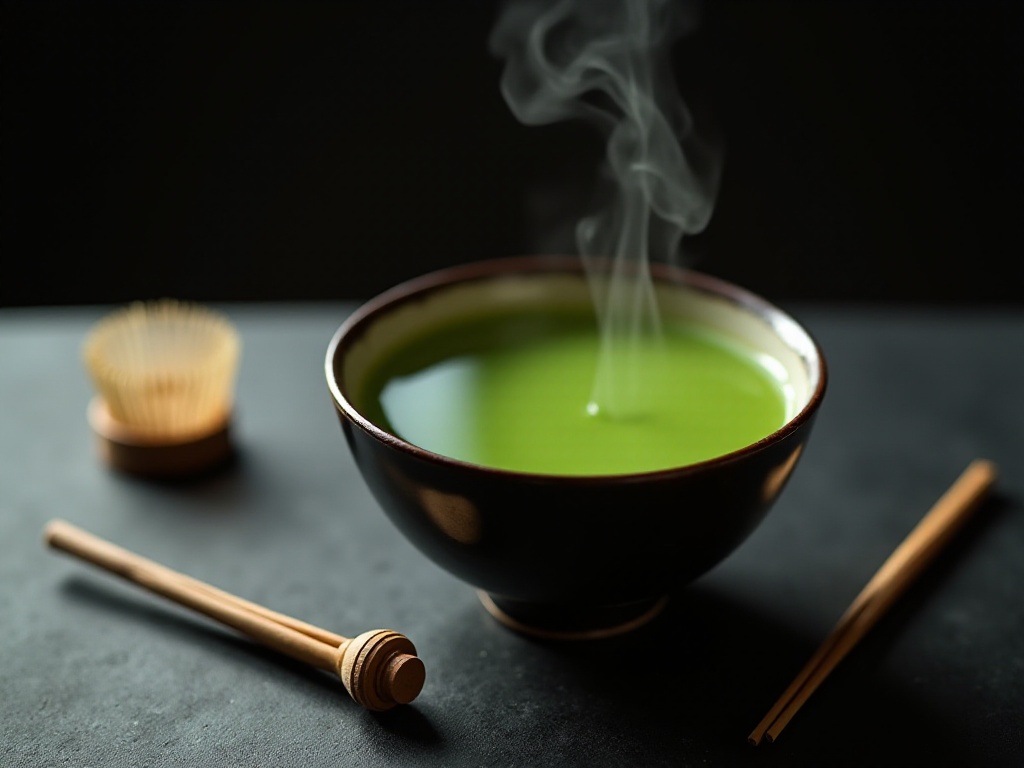
Future Outlook
With all this practical experience, I think it's time to organize this content more systematically. I'm considering developing a specialized recipe template that will include all necessary recording items while avoiding excessive complexity.
I want to make this template into an online form so other beverage enthusiasts can directly fill in content, and the system will automatically categorize and organize it. I might also add some smart recommendation features, like suggesting drinks based on available ingredients or recommending recipes suitable for different seasons and occasions.
Experience Summary
Looking back on this year-plus of note management, my biggest realization is: you must build a system that works for you. Don't just copy someone else's method because it looks good, as everyone's habits and needs are different.
For example, I really like using voice input because typing is slower for me, and my hands are often wet or sticky while making drinks. But some friends might prefer keyboard input, finding it more accurate. The key is finding what works best for you.
The recording process does require time and effort, especially at the beginning when it might feel troublesome. But when you suddenly want to make a drink you haven't made in a long time and can find detailed steps and notes immediately, you'll definitely thank your past self for being so thorough.
Interactive Section
I'm actually very curious about how you manage your drink recipes? Do you also often struggle to find recipes? Or do you have any particularly useful tools to recommend to everyone?
If you're also a beverage enthusiast, try these methods I've shared. I believe through continuous recording and summarizing, you can also build your own beverage note system. Let's exchange ideas - I believe through sharing with each other, everyone can find methods better suited to themselves.
Closing Thoughts
Honestly, building this note system has become more than just a way to easily find recipes - it's like a record of growth. Through this process, I've not only improved my drink-making skills but also developed a more meticulous attitude.
Every time I review these notes, seeing my progression from a novice who could fail at pour-over coffee to someone who can create original recipes, that sense of achievement is really special. This feeling of progress and growth is even more satisfying than drinking a perfect beverage.
So if you're also interested in beverage making and want to improve your skills, why not start building your own note system today? I believe through continuous recording and summarizing, you can definitely become an excellent beverage maker!
Related articles


